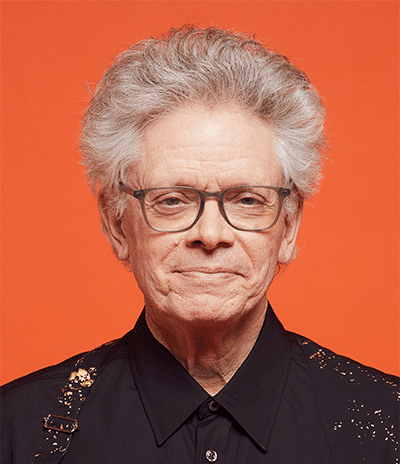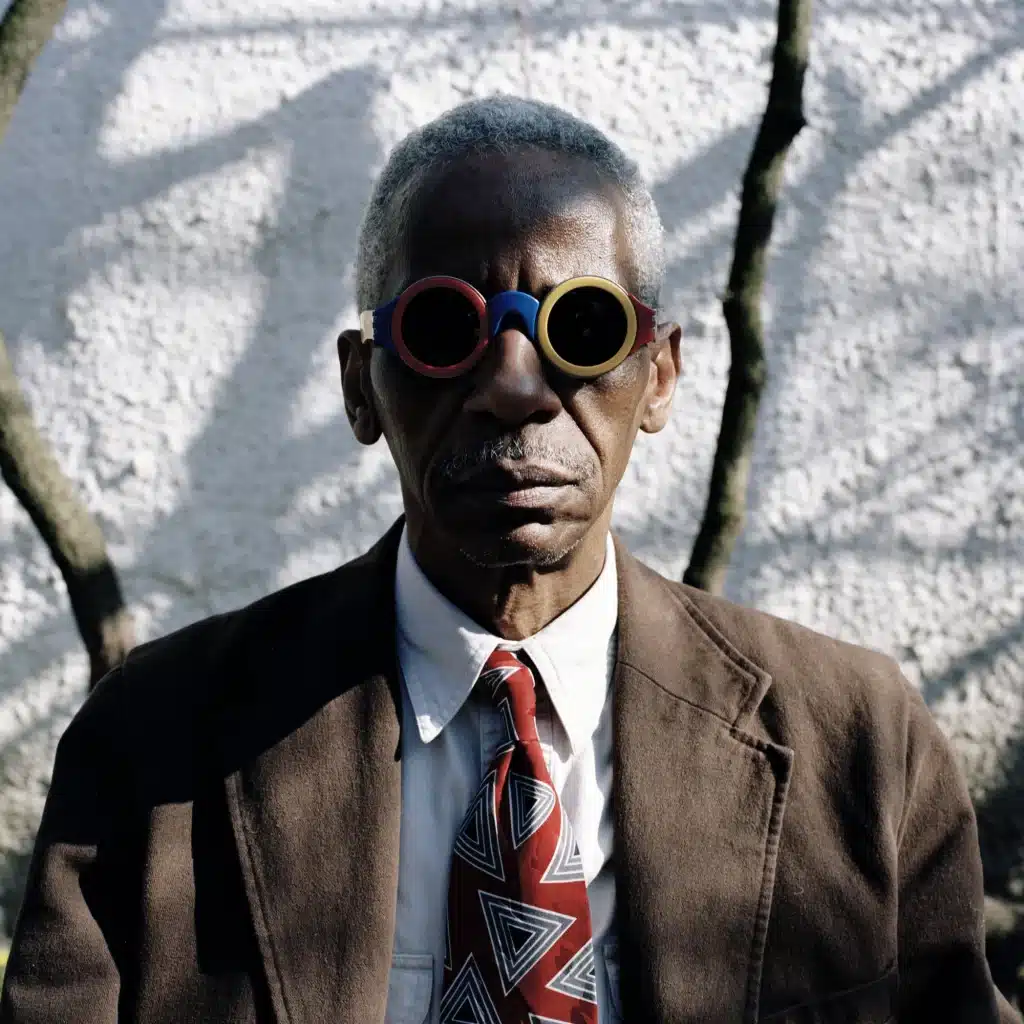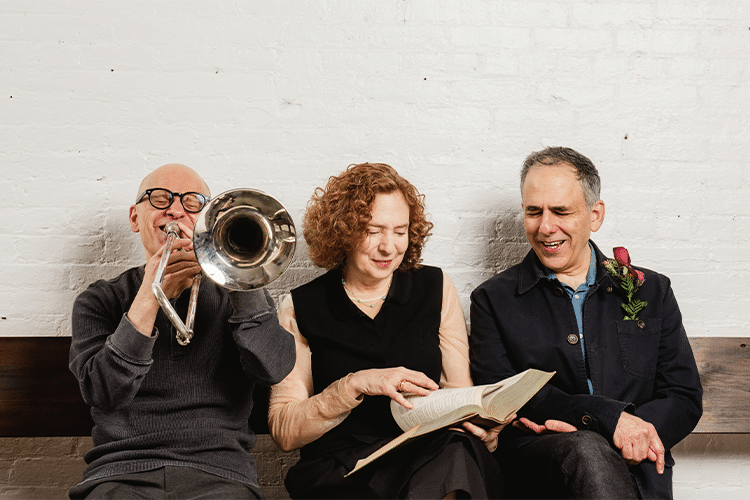Finding Julius
In this issue, we asked musicians from all corners—as well as writers, painters, and actors—about the musical experiences that changed their lives. For violinist David Harrington, it was two notes of a relatively obscure 1917 recording. For composer Chen Yi, it was a mother’s lullaby for her child, sung on a Chinese farm.
In this article cellist Seth Parker Woods writes about discovering the music of Julius Eastman.
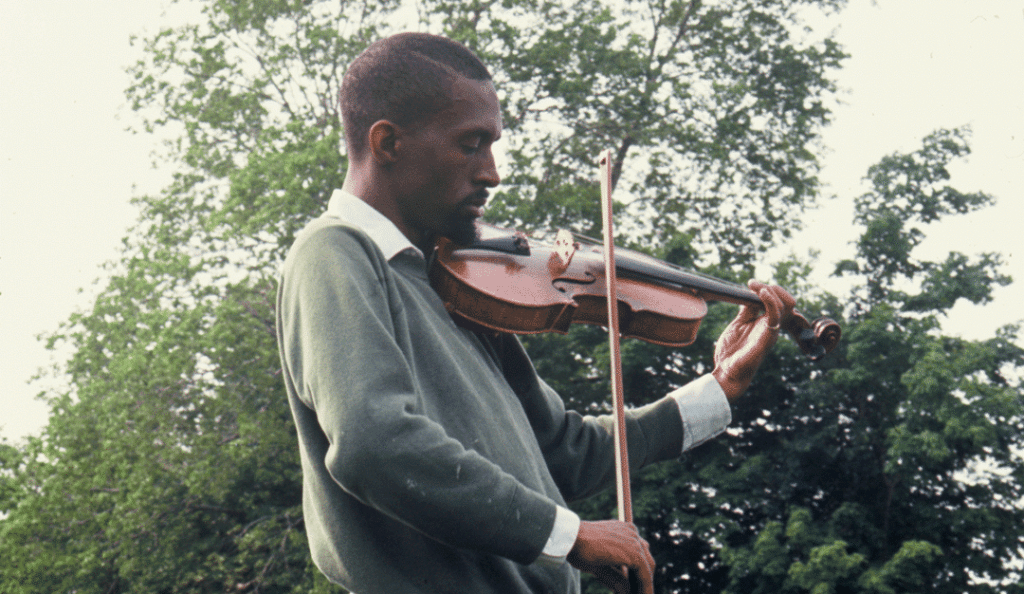
There are a few pivotal moments where things clicked for me, in terms of expressive freedom and my connection with Julius Eastman’s music and its teachings. The first one happened around 2013, when I was living in Belgium, in Ixelles, just outside Brussels. My apartment was in a residential area, so it was kind of quiet. This was a time when I could sit and listen to a lot of music, a rare period when there was some stillness in my life. A friend sent me an MP3 file of Julius Eastman’s Stay on It. I thought, What the hell is this? And who is this person I’ve never heard of before? All that my friend, the composer and performer Paul Pinto, had told me was, “There’s this composer, and he is having a bit of a renaissance, and you should totally check this piece out because I think his music will really resonate with you.”
In the living room, on my laptop, headphones on, I hear this groove that starts to sound like a carnival, with this serious, thumping bass grounding it. This piece is truly dancing in the best possible way. It almost starts to feel directly improvisatory. I’m wondering: Is this written? Is this not written? I don’t know… Let’s just keep listening. And then a voice comes in, singing “Stay on it.” Soon, there are other voices, and those voices continue to come back throughout the course of the piece, ecstatically chanting the Stay on It mantra. Around the halfway point I begin to hear wailing, glissando, and hollering from the instruments in the band that marks a clear deviation from the groove. It’s like this crazy freak-out is occurring, while the clavé-styled ostinato trudges onward until it gives itself over to the bacchanal madness, and the music grinds to a halt. After a few seconds, the musicians throw you right back into the groove again, only to restart the same breakdown again and again. I just start smiling because it becomes slightly comical. How many times are they going to do this? How many times are they going to trick me here? There’s a coyness and a playfulness inside the work and a sense of unbridled joy. Even so, it’s quite serious.
At this time, I’d been deeply rooted in very Eurocentric contemporary music for years, and Eastman’s music really shook me and caught me off-guard, in a refreshing way. I’m thinking: What just happened? I don’t really know, but I heard it all as this beautifully organic and wild expression, a different type of expression of what contemporary music could be.
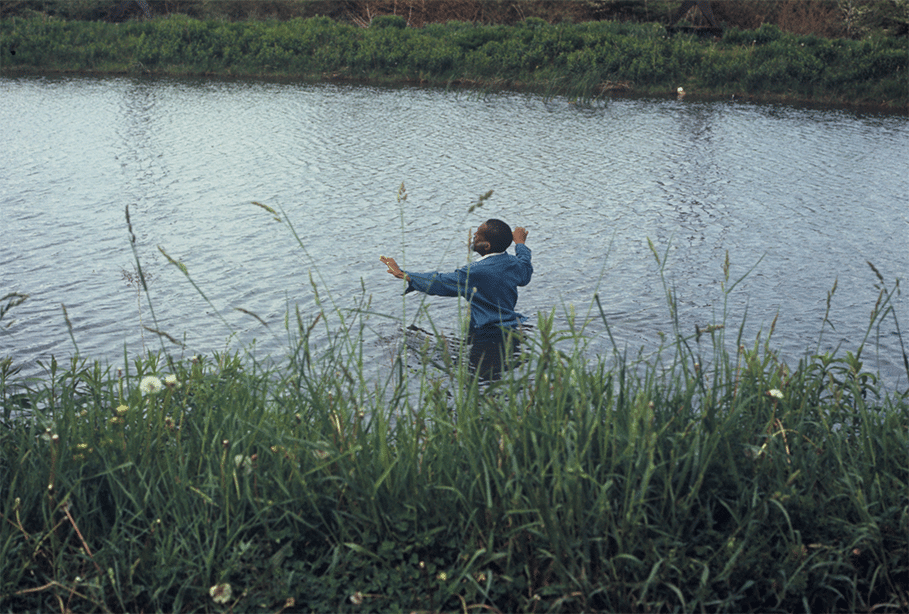
I started to do a little research on Eastman, and I realized he was in fact the same artist I’d been listening to forever, singing Peter Maxwell Davies’s Eight Songs for a Mad King. I knew that iconic recording, conducted by Pierre Boulez (for which, it turns out, Eastman’s vocal was nominated for a Grammy). Yet I didn’t realize that Eastman was also a composer, not to mention a brilliant pianist. I remember being puzzled about why I still knew so little about this man. About a year later, I discovered and quickly became obsessed with Dolmen Music by Meredith Monk. I was shocked to discover Eastman singing the bass-baritone solo in the work. Before I knew it, Eastman had become a vital part of my world, yet I still had no idea who he was or where he was.
Around 2015 or 2016, while I was still living in Europe, I began further research on Eastman, with hopes to discover more about him, his output and legacy. I discovered The Holy Presence of Joan d’Arc on the Unjust Malaise album, the first big recording of Eastman’s music. I still knew very little of Eastman, since most searches brought dead ends or his obituary in the Village Voice; besides, I didn’t recognize any of the names of the musicians on Unjust Malaise. As I read the credits, I discovered that Eastman sang the Prelude to The Holy Presence of Joan D’Arc, which I would later find out was actually an improvisation for the broadcast of a performance of the piece at The Kitchen. This solo was followed by The Holy Presence of Joan D’Arc for ten cellos. I thought: Oh, ten cellos? Wow. Let me check this out. I was absolutely blown away. Being a cellist, having played many canonical cello choir pieces, I still had never heard anything like this. This work stayed on repeat for a long time, and it wouldn’t be until 2017 that I would finally lay my eyes upon a score.
In this live recording, the first thing I heard was this thunder of cellos, sawing away on this two-note ostinato. It was like a herd of horses running through a field. All of a sudden, these soloistic voices broke through the ostinato groove and swirled around each other, climbing toward stratospheric heights. Multiple times, I thought: This can’t be ten cellos. There must be some violins playing, only to realize: Oh, no—this is literally ten cellos taking on this mammoth work.
Through its duration, The Holy Presence of Joan d’Arc takes the listener on a psychedelic rollercoaster filled with angst, passion, intimacy, stasis, and brute power. The work ends with falling clusters of sixteenth notes across the ensembles that rapidly dissolve into the ether. I remember sitting for a while after that, trying to digest what I had experienced. And then putting it on again. And again. And again. I kept thinking: Why did no one tell me about this guy? Why didn’t I learn about him in school? Why, through all the years I lived in New York, did I never once hear about him? And I began to wonder: What would he have become now? What would he think right now? What would he compose now?
Due to this newfound obsession, I would eventually be introduced to Mary Jane Leach, who knew Eastman, and who had been leading the charge toward finding what scores still existed after his death. She told me the story of resurrecting these works. I learned that The Holy Presence was the impetus for this whole renaissance, due to a course Leach had taught at CalArts on polyphony for the monophonic instruments. Through Leach and other musicians she connected me with, I started to delve more into who Eastman was—his world as a singer, his world as a composer, his world as a pianist, and beyond. And that search made me think more deeply about the idea of muted voices inside the larger canon of music, and about the different ways that music can exist.
In 2017, out of the blue, I got a call from Jonathan Hepfer, the artistic director of Monday Evening Concerts, in Los Angeles. He said, “Hey, I’m going to do this Julius Eastman portrait concert, I’m wondering if you know who he is, and if you’d be interested?” He had no idea that Eastman had become my private obsession. Until this invitation, it was just me listening to this music in the privacy of my home. I hadn’t yet played any of it. I leapt at the chance. Ever since my first performance, I’ve continued to explore, play, teach and record Eastman’s music around the world. This music, which I now refer to as simply “social music,” has taught me to create ways of being more open, more vulnerable. Playing Eastman’s music forces me to move into a space with fewer restrictions, and to show up as authentically as I can. It is that mindset and intention that I work to conjure and hold onto every single time I step onto a stage.

